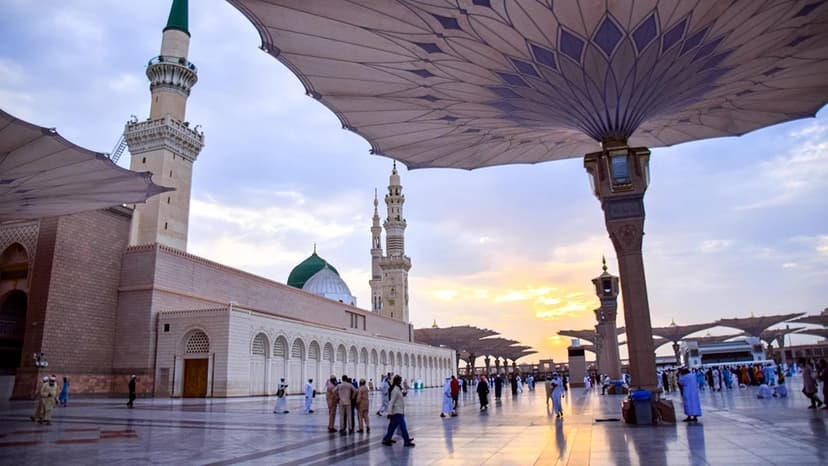What Happens to Dead Bodies on Mount Everest?
Mount Everest, standing at a height of 8,848 meters, poses significant challenges for adventurers and mountaineers. Climbing this peak is perilous, and not everyone survives the attempt. A pressing question arises: what happens to those who lose their lives on Everest?
It is often believed that the bodies of fallen climbers remain on the mountain indefinitely. While retrieving a body from this treacherous terrain is challenging, efforts are made to recover deceased climbers and return them to their families.
Recovering a body from Mount Everest is a dangerous and complicated mission. It necessitates a team of skilled climbers, mountaineers, and Sherpas. Extreme altitude, freezing temperatures, and unpredictable weather conditions make each recovery operation a race against time.
Organizations like the Everest Cleanup Project and Himalayan Rescue Association work tirelessly to recover the bodies of climbers. They view this mission as a way to honor the deceased and provide closure for their families. These initiatives demonstrate the compassion and commitment of the climbing community toward one another.
Climbing Mount Everest involves personal choice and acceptance of inherent risks. Despite the dangers, many continue to pursue their ambition to conquer the mountain. It is vital to recognize the courage and determination that fuel this pursuit.
The bodies of climbers who perish on Everest are not forgotten. Recovery efforts reflect humanity’s resilience and compassion. Even though the mountains are unforgiving, the spirit of mountaineering drives climbers, organizations, and authorities to honor the fallen, ensuring they are returned to their loved ones.












